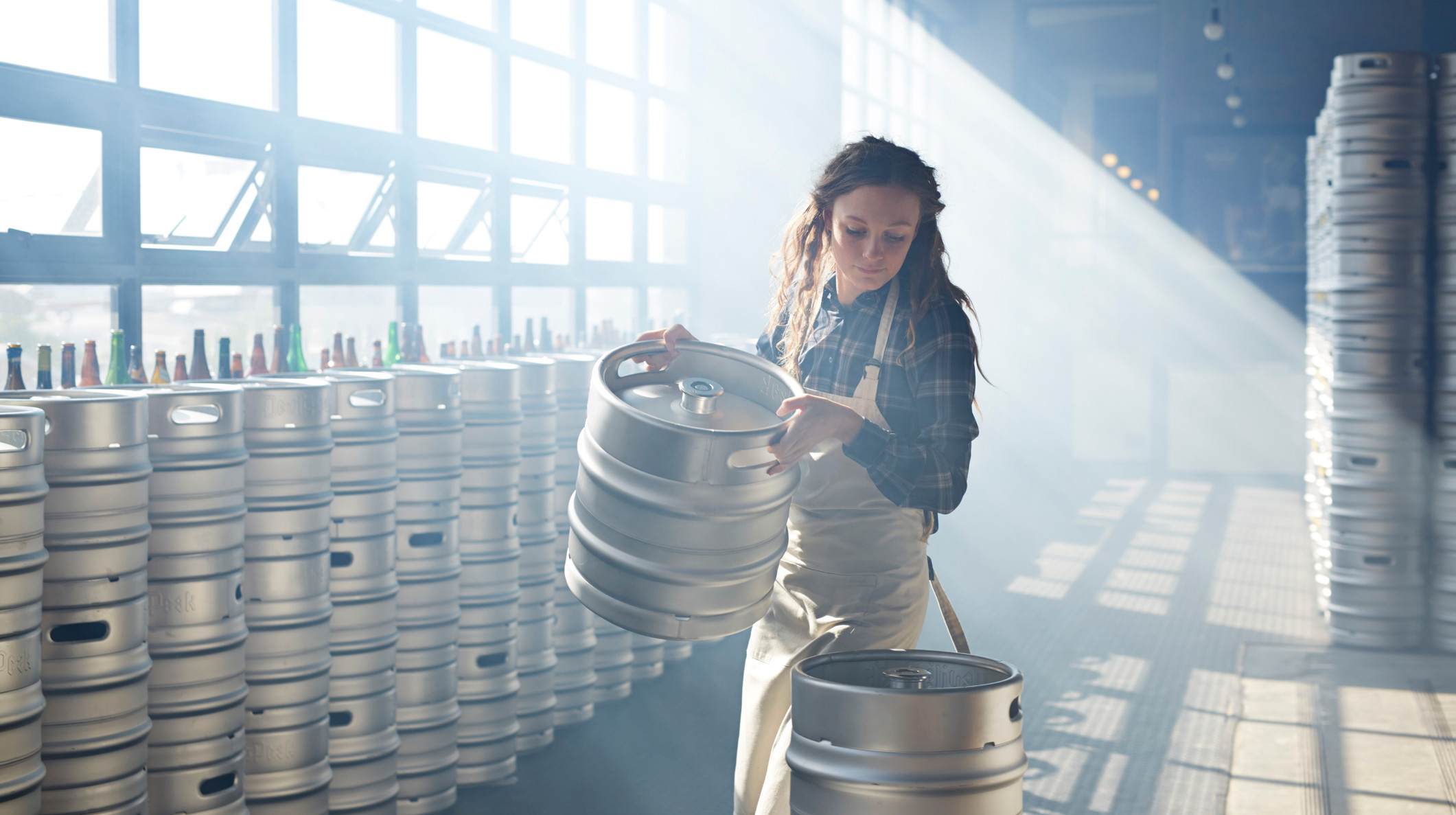What Does The Future Hold For Craft Brewing In America?
Just about every business in America is grappling with the impact of COVID-19, and breweries are no exception. Production is down, people aren't visiting tasting rooms the way they used to, and according to the Brewers Association, 46% of breweries polled in April said they might have to permanently shut their doors. Really the only people who stand to benefit during these times are semi-retired journalists like James Fallows, whose hand-wringing story "Will Craft Brewing Survive?" is our latest recommended reading.
The United States is, without question, the most prolific, experimental, and influential beer producing country in the world, and what happens to our brewing industry here really does have significant ripple effects in other countries. The problem (aside from COVID-19) is that our nationwide alcohol distribution system is a cobbled-together mess of state-specific rules and regulations that heavily favors alcohol distributors over alcohol producers. As Fallows points out, in Massachusetts, "the relevant law was one that, in effect, permanently [emphasis ours] bound a brewery to whatever distributor it had initially done business with."
Fortunately, this is at least beginning to change. Fallows writes that "wholesalers [in Massachusetts] were willing to give up on the lock-in provision, but only for breweries producing less than 250,000 barrels a year." Ironically, this change was lobbied for by the Samuel Adams Boston Brewery, which produces over 4 million barrels a year, essentially meaning that Sam Adams fought for smaller breweries to have rights that it would not receive itself.
It's hard to overstate how big a deal this is. Our existing tiered alcohol distribution system is famously, tragically flawed, and Fallows describes how Sam Adams CEO Jim Koch (you know, the folksy guy from all those ads) is fighting the good fight for all those little brewers out there. Of course, at the same time, Fallows' story also lacks journalistic distance and treats Koch as more of a longtime friend than a source. He notes, "I also wanted to talk with Koch because he's been in the news," but fails to mention that the thing that got Koch the most news coverage in the past few years was his enthusiastic toasting of Donald Trump, whom he thanked for corporate tax cuts.
Fallows also fails to note that Sam Adams isn't really a craft brewery anymore, and is only considered to be one because the Brewer's Association literally changed their rules so that Sam Adams specifically could remain a member. Plus, the brewery's recent merge with Dogfish Head only helps to make it more of a behemoth, and its pivot toward seltzer manufacturing takes it even further from being a true craft brewery.
Despite its problems, the story does have interesting nuance and is worth a full read.
